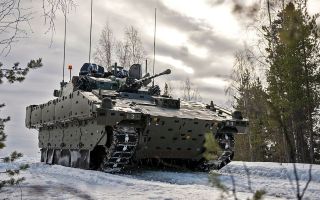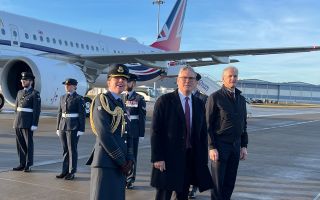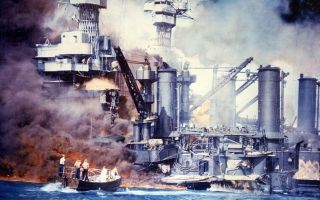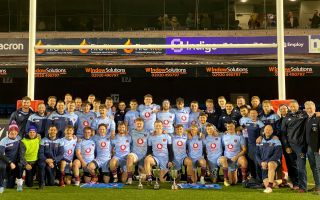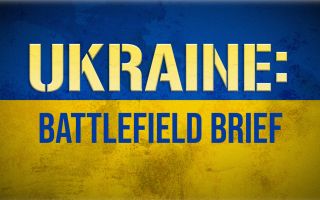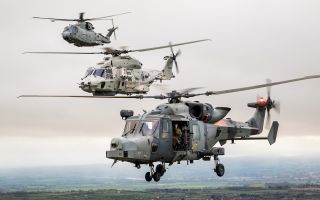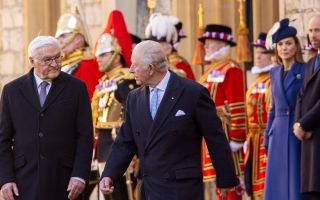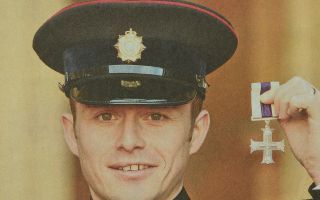Ex-Royal Signals group fighting to keep Cold War-era vehicle collection together
A group of former members of the Royal Signals have spoken to Forces News about their efforts to keep together one of the world's most unique collections of Cold War-era vehicles.
The Ramsdell Collection shines a light on a little-known part of British Military history - preserving and telling the story of command and control on the battlefield during the 1980s and 90s.
As well as maintaining the vehicles, the team of volunteers display the collection across the country.
Central to the collection is an FV439 Armoured Radio Relay vehicle, which contains what is thought to be the world's only working example of the Ptarmigan communication system.
Ptarmigan was the British Army's first digital comms system which came into service in the mid-80s and formed the basis for the civilian mobile phone network used today.
Almost all the Ptarmigan equipment was lost after it was decommissioned in the early 2000s, which makes the group's working example particularly rare.
"This was the precursor to most modern communication systems," said Stephen Manson, a Royal Signals veteran and one of the volunteers.
"It's the only operational vehicle of its type in the world, so it's totally unique.
"A lot of the equipment was taken out of a vehicle abandoned in a field in Leicestershire. It was covered in mud and had been left there for a good 15 years.
"I took the equipment out and installed it into our vehicle and it turned on and worked first time.
"This is the sort of technology we invested in, and it is important in showing how we got to where we are today."
But growing running costs have raised questions about the future of the vehicles, leading to fears the collection could be sold and broken up, losing its historical significance forever.
So Ian Foulkes is now leading the team's efforts to get the collection charity status to preserve it for the future.
"If we can turn the collection into a charity then we can get better funding, which a collection like this desperately needs," said Mr Foulkes, who also served in the Royal Signals.
"Most civilians who go to these displays and see these vehicles moving around don't think about 'the funnies', vehicles that were specifically allocated, for example, to the Royal Signals, the Royal Engineers or the REME.
"They tend to be the not quite so sexy vehicles, but you can see Ptarmigan was such a big part of the Royal Signals, it needs to be preserved for future generations.
"To have representation of a brigade signal squadron that covers from early in the Cold War to the first Gulf war, to me it's vital this collection stays together."
The collection also features one of the last privately owned fully running Centurion tanks.
The Centurion Mk 12 named Waterloo has featured at the annual Tankfest display at the Tank Museum as Bovington, as well as displays closer to the collection’s Hampshire HQ.
But as Stephen Manson explained, moving a 52-ton tank is a difficult and expensive task.
"It costs £3,000 a trip because it needs an escort vehicle as well as a specialist low loader. Even if you just go 10 miles its still going to be £3,000," he said.
"That's the reason she doesn't go out as much as we'd like and hence why we're looking to get charitable status, to get it out to more people so they can see it and appreciate it."


